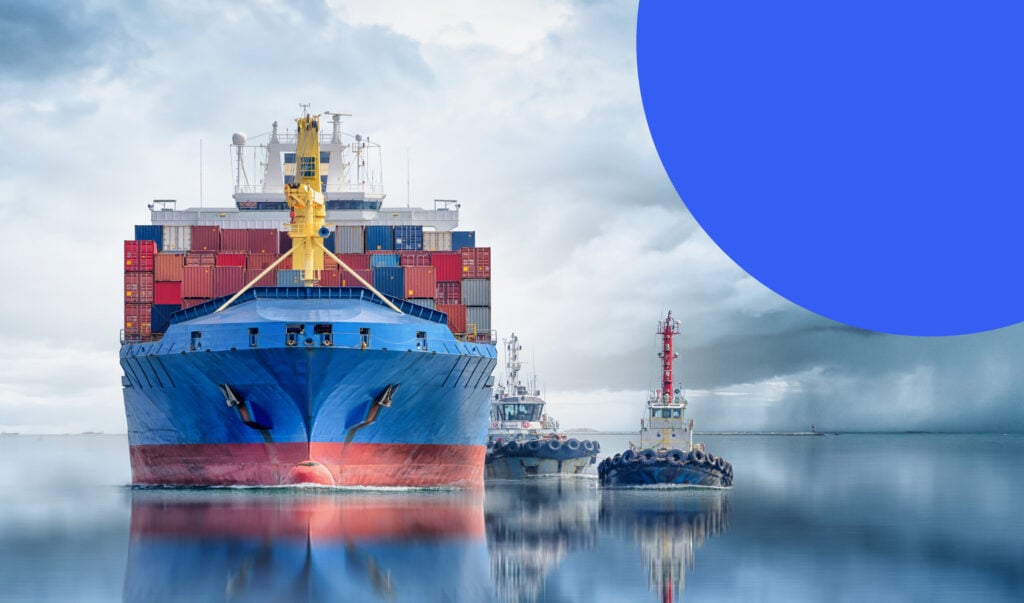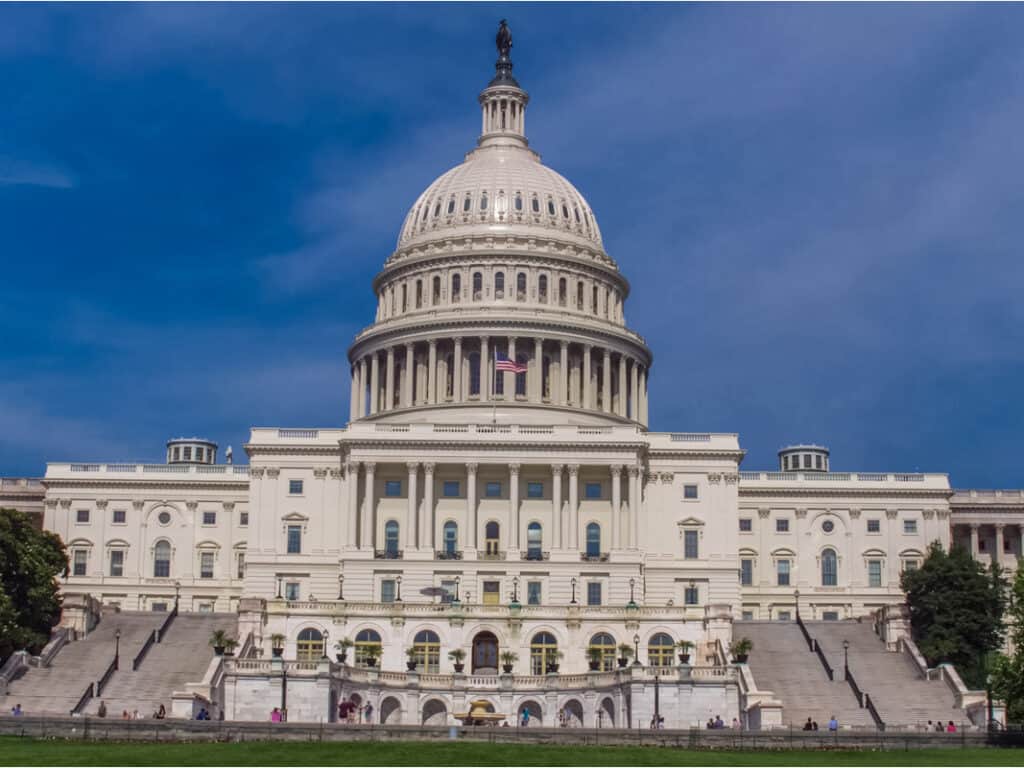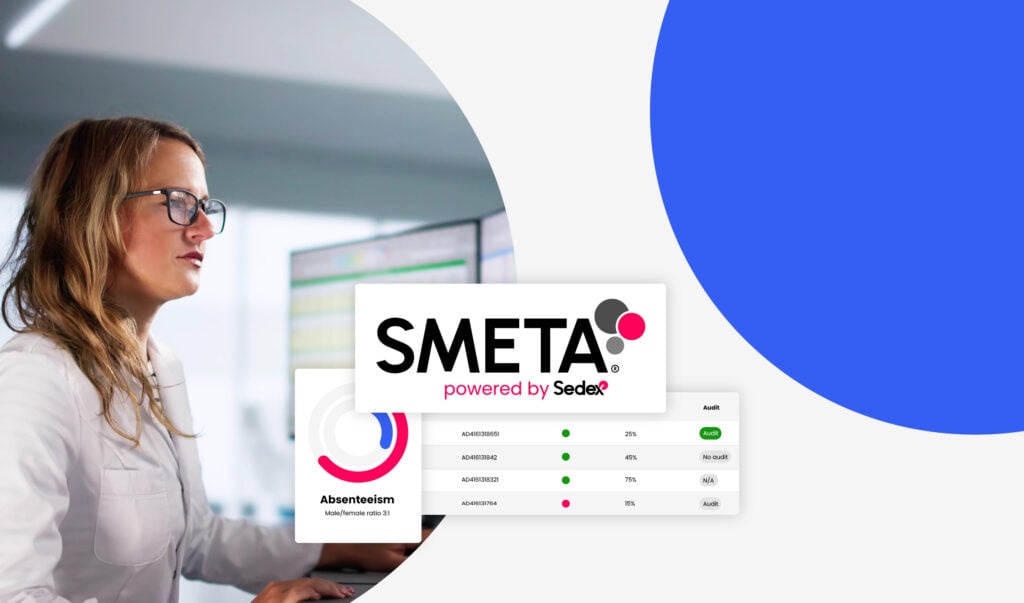Preparing for the Norwegian Transparency Act: three actions for businesses
Norway’s new supply chain law, the Transparency Act, became effective in July 2022. Companies have until June 2023 to produce their first report under this law – we share three actions to prepare for this.
The Norwegian Transparency Act requires companies to uphold human rights and decent working conditions in their operations and supply chains. As part of the Act, companies must carry out activities to identify, assess, address and report on social impacts and risks linked to them or to businesses in their supply chains.
Sedex has highlighted three immediate activities that companies can begin straight away, to prepare for the Act’s requirements[i].
Does this Act apply to your company? Find out with our short intro to the law.
These activities bring benefits beyond complying with this law, including improved supply chain visibility, more effective social risk management, and more informed decision-making when responding to disruption in a supply chain.
1. Engage with your direct (Tier 1) suppliers to map more of your supply chain
The Transparency Act states that companies should look at their whole supply chain when identifying and addressing negative impacts on human rights and working conditions. This means that businesses will need visibility of their supply chain all the way through to raw material production and harvesting stages.
Engage with your direct, or Tier 1, suppliers to understand and map your supply chain in more detail. Each supplier’s support is crucial for gathering information about their own suppliers – the businesses that form the lower tiers of your supply chain.
Store this supply chain data on a centralised platform for integrated analysis and streamlined reporting. Suppliers in the lower tiers of your supply chain may be one of Sedex’s 66,000 members and can quickly share the information they’ve already added into our platform.
“Supply chain means any party in the chain of suppliers and sub-contractors that supplies or produces goods, services or other input factors included in an enterprise’s delivery of services or production of goods from the raw material stage to a finished product.”
Norway Transparency Act, Section 3 (d).
2. Conduct an initial risk assessment on the lower tiers of your supply chain
Companies may have limited resources to address social and environmental risks, and must decide how they allocate them. Laws such as the Transparency Act recognise this, and note that businesses should analyse the social risks and impacts in their supply chains to identify the most significant concerns to focus on.
Risk assessment enables this analysis and prioritisation. You can conduct a high-level risk assessment on the lower tiers of your supply chain even when you don’t have detailed information on specific suppliers and work sites.
Sedex’s risk assessment tool provides comparable scores for inherent risks in countries and sectors, across 14 issue areas including forced labour, gender discrimination, wages, and freedom of association.
You can use high-level information about your supply chain to conduct an initial (pre-screen) risk assessment. Ask Tier 1 suppliers about where they purchase materials and components from, and use publicly-available trade data to work out where commodities are likely to originate. This initial risk assessment enables your business to identify the countries, sectors and issues of highest risk, and prioritise next steps accordingly.
For example, Risk Assessment tool shows that for the food manufacturing industry, these are the highest-risk issues globally:
- Health, safety and hygiene
- Working hours
- Waste and pollution
Learn more about our risk assessment tool.
3. Define and prepare a process for responding to information requests
The Transparency Act also stipulates that companies must respond to requests for information about how they address actual and potential negative social impacts. If anyone, including members of the public, requests this information, the company must respond within three weeks.
Prepare for complying with this part of the Act by defining and setting up the process for how your company will respond to these requests. Consider:
- How someone might contact your company with a request for information, and who will monitor these contact channels
- Where to retrieve information from within your company about activities to address social risks and impacts
- Who will be responsible for responding to the requests within the time period stated in the Transparency Act.
“The enterprise shall provide information within a reasonable time and no later than three weeks after the request for information is received. If the amount or type of information requested makes it disproportionately burdensome to respond to the request for information within three weeks, the information shall be provided within two months after the request is received.
The enterprise shall then, no later than three weeks after the request for information is received, inform the person requesting information of the extension of the time limit, the reasons for the extension, and when the information can be expected.”
Norway Transparency Act, Section 7
Want to learn more about meeting this Act and other supply chain laws? Contact Sedex to discover how we can support your business.
[1] Based on the English translation of the Transparency Act, provided by Norway’s Ministry for Children and Families – https://lovdata.no/dokument/NLE/lov/2021-06-18-99



